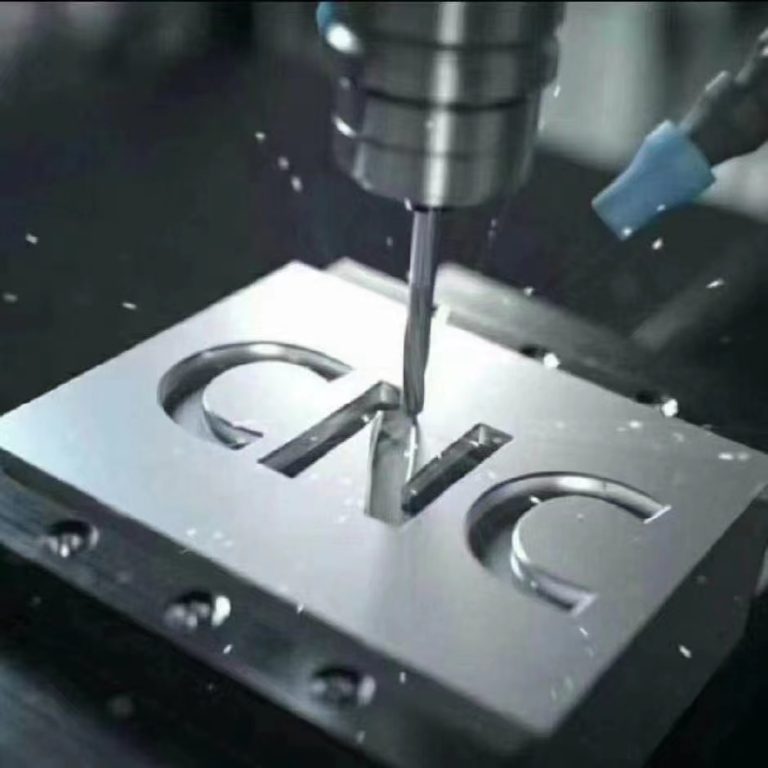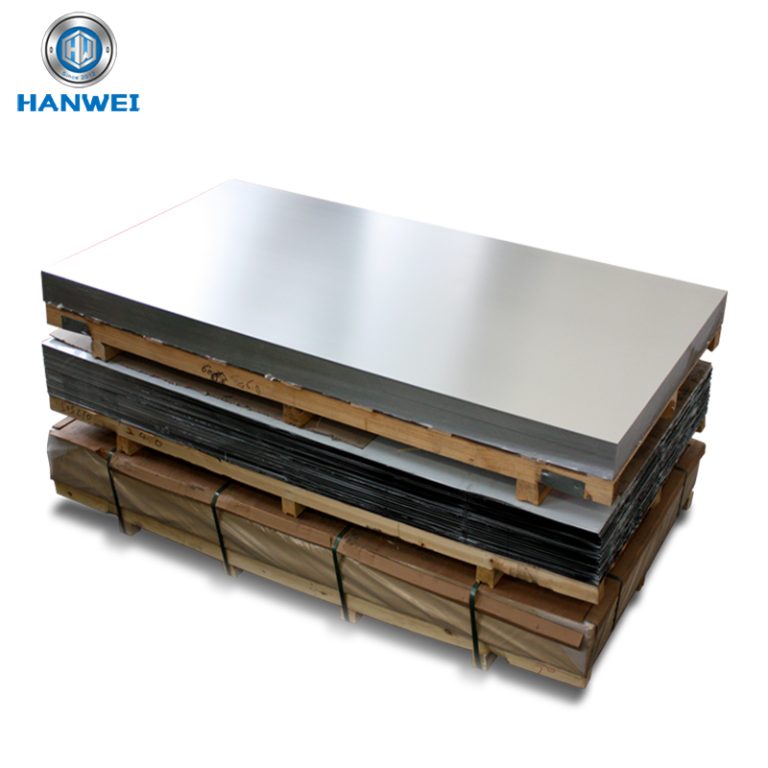Properties and application of Aluminum 1060
Hot keword :2024 5052 5083 6061 7075
The latest article
- HANWEI Attends METALEX 2025: Showcasing Premium Aluminum & Metal Solutions in Bangkok
- Shanghai Hanwei Aluminum Trading Co., Ltd. to Highlight Aluminum Trading Solutions at METALEX 2025 Bangkok
- Why Is 5083 Aluminum Plate So Versatile for Marine, Transportation and Multiple Scenarios?
- 5754 vs 5A06: Core Differences of Two 5-Series Aluminum Plates
- Is 2024 stronger than 6061?
- Is 2024 aluminum corrosion resistant?

Properties and application of Aluminum 1060
Aluminum 1060 is another commercially pure aluminum alloy with a minimum aluminum content of 99.6%. It is very similar to aluminum 1050 in terms of its properties and applications, with a few minor differences. Here are some of the properties and applications of aluminum 1060:
Properties:
- High thermal conductivity
- Good electrical conductivity
- Good corrosion resistance
- Excellent workability, can be easily formed, stamped, or spun
- Low strength and hardness
- Low density, lightweight
- Non-magnetic
Applications:
- Chemical process equipment
- Heat exchangers
- Lighting equipment
- Reflectors
- Nameplates and labels
- Bus bars and electrical conductors
- Capacitor foils
- Radiator fins
Like aluminum 1050, aluminum 1060 is widely used in heat exchangers, particularly in the automotive and HVAC industries, due to its high thermal conductivity. Its good electrical conductivity also makes it a popular choice for bus bars and electrical conductors. Aluminum 1060 is also commonly used for lighting equipment, including reflectors and lamp housings, as well as in the production of nameplates, labels, and other decorative applications. In addition, it is a popular material for capacitor foils and radiator fins.
Overall, aluminum 1060 is a versatile and widely used alloy with similar properties and applications to aluminum 1050. Its high thermal and electrical conductivity, good corrosion resistance, and excellent workability make it a popular choice for a wide range of applications in various industries.
Chemical Composition of Aluminum 1100
| Grade | Si | Fe | Cu | Mn | Mg | Cr | Zn | Ti | Other /each | Others /total | Al | |
| 1060 | 0.25 | 0.35 | 0.04 | 0.05 | 0.03 | — | 0.05 | 0.03 | — | 0.03 | — | 99.6 |




